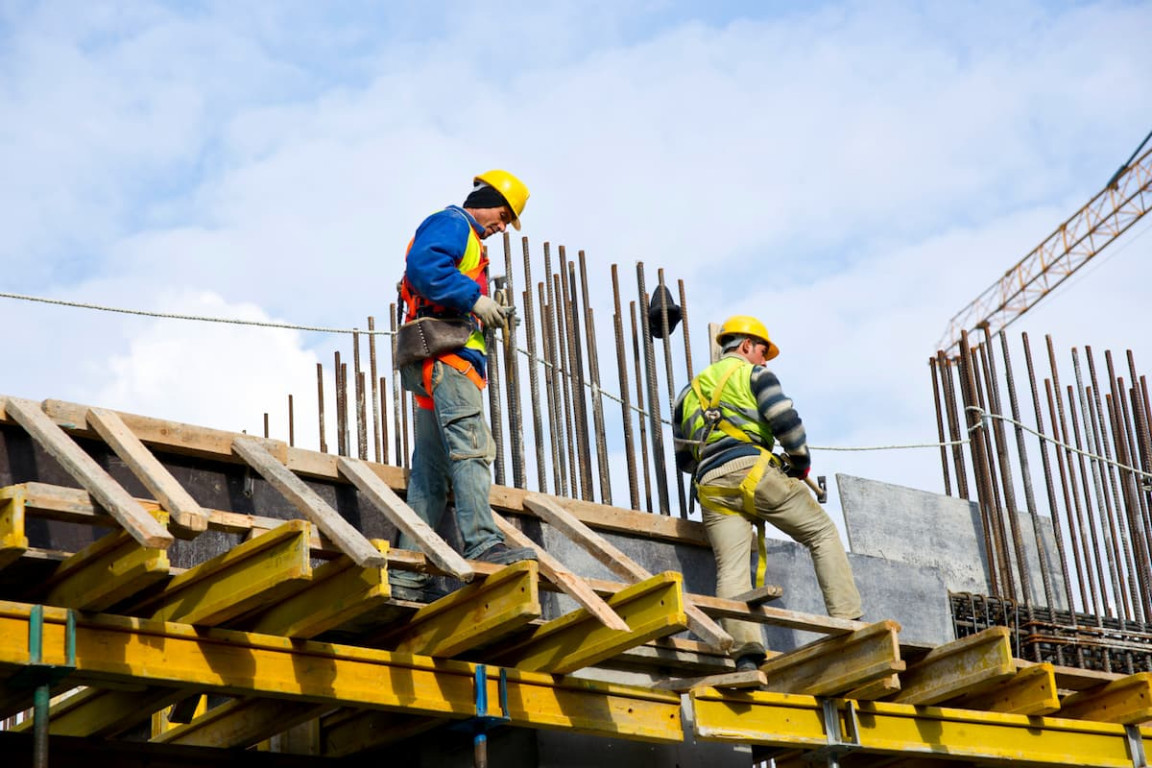Obtaining mortgage loans for bad credit has nearly become a thing of the past. Often referred to as subprime lending, poor credit mortgage loans require borrowers to provide large down payments and pay considerably higher interest rates. Prior to applying for bad credit loans, borrowers should investigate other home buying options and spend time comparing mortgage lenders.
Instead of obtaining mortgage loans for bad credit, borrowers should strive to restore credit and improve fico scores. Lenders assess interest based on borrowers’ credit history and scores. Borrowers with low scores are charged a substantially higher rate of interest. Higher interest equates to higher mortgage payments, which can cause financial stress and eventually lead to mortgage default and foreclosure.
In most cases, borrowers should work toward improving their credit scores before applying for a mortgage loan. However, if borrowers are given the chance to buy a house priced well below market value, it might be in their best interest to obtain poor credit financing.
In today’s real estate market, sellers have begun offering alternative financing options to attract buyers who cannot obtain home loans through traditional sources. Common financing alternatives include: lease options, seller carry back financing, subject 2, and hard money lender real estate loans.
Fannie Mae’s Home Path Mortgage offers discounted bank owned foreclosures with special financing options. Home Path offers a low down payment requirement of 3-percent and allows borrowers to obtain down payment assistance from family, friends, or non-profit organizations.
The Department of Housing and Urban Development provides Neighborhood Stabilization Program grants to individuals who buy real estate owned properties in areas hit hard by foreclosure. NSP grants are available to individuals and real estate investors. Applicants must submit grant applications to designated agents within their state. Program details and a list of NSP grant providers can be obtained at HudNSPhelp.info.
Lease options can be beneficial to borrowers with bad credit. Sellers offering lease-to-own properties generally require buyers to provide a down payment of 10- to 20-percent of the purchase price. A contract is drafted by a real estate lawyer and terms generally extend for two to five years.
A portion of rent money is contributed toward the purchase of the home. On average, tenants contribute between 10- and 50-percent of monthly rent payments towards the home purchase. Sometimes, buyers are allowed to lock-in the purchase price when establishing the contract. However, most sellers require buyers to purchase the home at current market value once the lease option contract expires. Lease option contracts should include legalese which protects both parties in the event of mortgage default. Buyers usually lose all vested money if they default on the contract. Careful consideration and appropriate legal contracts should be created when entering into this mortgage financing alternative.
Borrowers with previous foreclosure or bankruptcy may find it next to impossible to qualify for any type of mortgage financing. The only available option might be hard money lender loans obtained through private real estate investors or investment groups.
Hard money lender real estate loans are expensive and should only be used as a last resort. Hard money loans should be used as interim financing while borrowers rebuild credit. Mortgagors should strive to refinance mortgages within 12 to 18 months. The majority of hard money lenders require down payments of up to 50-percent of the purchase price. Sellers must charge interest according to usury laws. However, interest rates can soar as high as 23-percent in some states.



:max_bytes(150000):strip_icc()/__opt__aboutcom__coeus__resources__content_migration__mnn__images__2018__03__shutterstock_1051823762-0b00dcf9cd99473cabaff5546d745b0a.jpg)